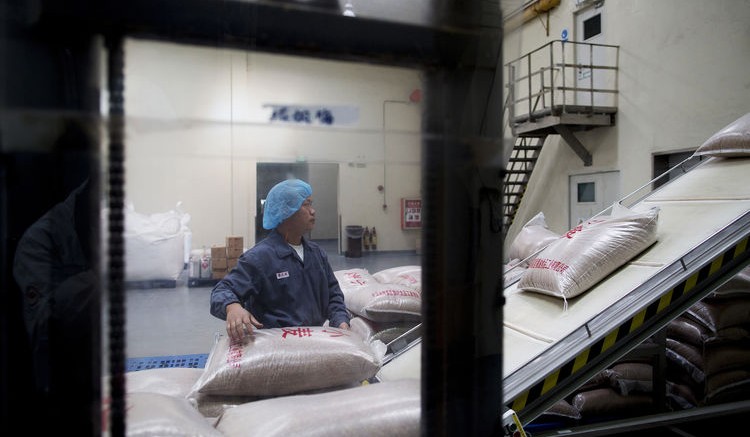Chinese industrial production cooled in November, according to China’s National Bureau of Statistics.
Industrial production in the world’s second-largest economy rose 6.1 percent year-on-year in November, slightly lower than the 6.2 percent recorded in October and same as projected by most economists.
Similarly, fixed investment climbed 7.2 percent year-on-year in the month, down from 7.3 percent recorded last month. While retail sales grew by 10.2 percent from a year ago, rising from 10 percent in October.

The report further underscores pervasive notion that the world’s second-largest economy may have peaked in the first half of they, having surpassed expectation to grow at 6.9 percent in the first and second quarters. However, the economy remains on track to deliver 6.5 percent annual growth in 2017, according to the People’s Bank of China.
Goldman Sachs analysts Yu Song, MK Tang and Zhennan Li said China’s “policymakers are likely to be content with the macro picture in November with steady growth, lower CPI and PPI inflation, and broadly steady money and credit growth. As a result they will likely maintain the measured tightening policy stance in the near future.”
Meanwhile, the People’s Bank of China raised market rates on Thursday to curb financial risks without derailing economic growth. The central bank increased rates on reverse repurchase agreements used in open market operations by 5 basis points for the 7-day and 28-day tenors. While rates on one-year medium-term lending facility were also increased by 5 basis points.
This was after the U.S Federal Reserve raised rates by 25 basis points on Wednesday. According to experts, this is a backdoor move to avoid raising official benchmark rates and limit the danger of growing business debts.
“It’s more a symbolic move which helps stabilize market expectations after the Fed rate hike,” said Wen Bin, an economist at Minsheng Bank in Beijing.













Leave A Comment